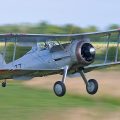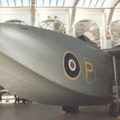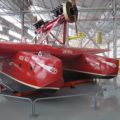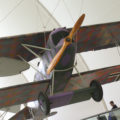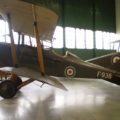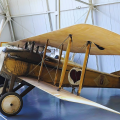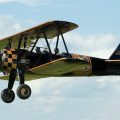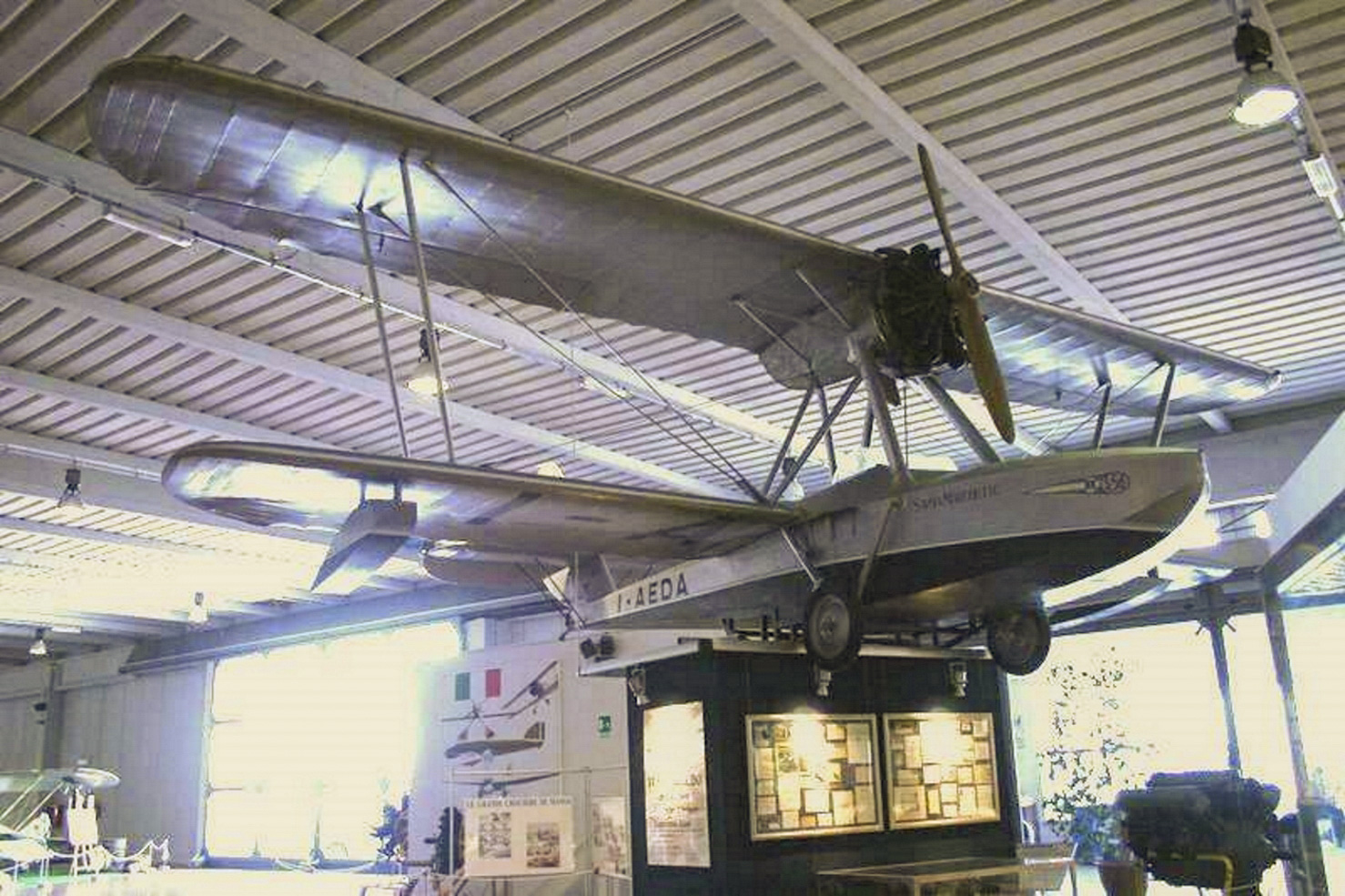
Savoia-Marchetti S.56 | |
|---|---|
| Страна | Италия |
| Роля | Биплан летяща лодка |
| Първи полет | 1924 |
| Построен | 70 |
1. Савоя-Маркети S.56 was an Italian single-engine biplane flying boat trainer and tourer, built by Savoia-Marchetti. Of unequal span, the upper longer than the lower, of wooden construction. Instructor and student sat side by side in separate cockpits, with dual controls; a third cockpit was located just aft that. It used a 52 kW (70 hp) Anzani.
Източник: Савоя-Маркети S.56 в Уикипедия
| Разходка около Савоя-Маркети S-56 | |
|---|---|
| Фотограф | Владимир Якубов |
| Локализация | Люлка на авиационния музей |
| Снимки | 55 |
Комплекти свързани:
| Разходка около Савоя-Маркети S-56 | |
|---|---|
| Фотограф | Фабрицио Д’Исанто |
| Локализация | Италиански музей на въздухоплавателните средства |
| Снимки | 19 |
Намерете комплекти в иБей:
Вижте също:
1. Савоя-Маркети S.56 was an Italian biplane flying boat designed and built by Savoia-Marchetti in the late 1920s and early 1930s. It was used for civil and military purposes, mainly as a trainer, reconnaissance and patrol aircraft. The S.56 had a wooden hull and wings, with fabric covering. It was powered by a single radial engine mounted above the wing, driving a pusher propeller. The pilot and the passenger or observer sat in tandem open cockpits. The S.56 could carry a small bomb load or a machine gun on a flexible mount.
The S.56 first flew in 1924 and entered service with the Italian Air Force and Navy in 1927. It was also exported to several countries, including Argentina, Brazil, Paraguay, Romania, Spain and the United States. The American version, designated as the AAMCO S-56, was modified with a metal hull and a more powerful engine. The S.56 was used in various roles until the late 1930s, when it was replaced by more modern designs. Some examples survived until World War II and were used for training or liaison duties.
преглеждания : 1080


